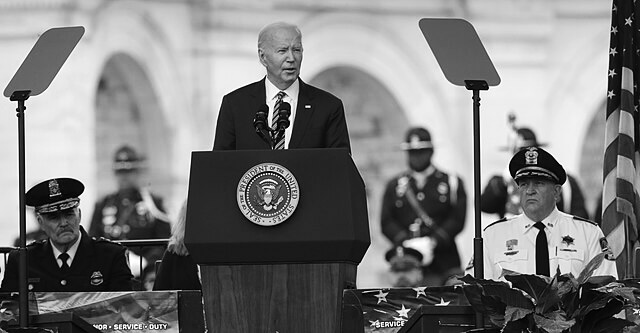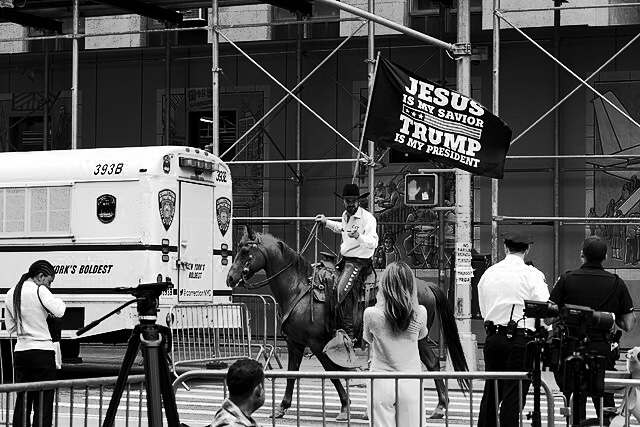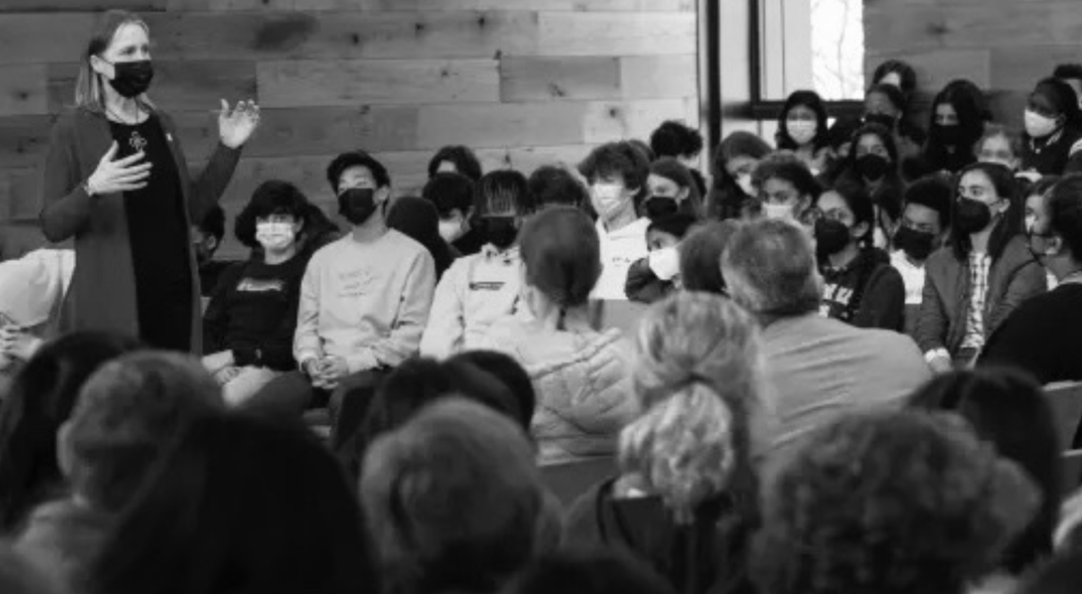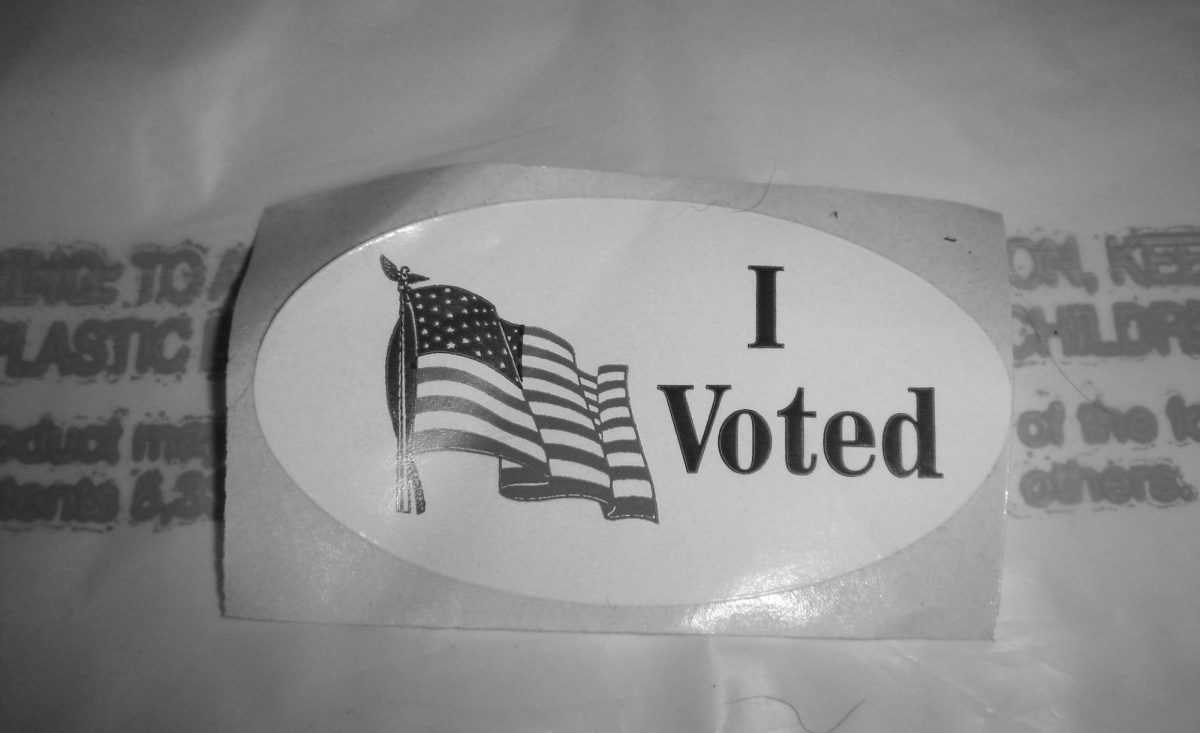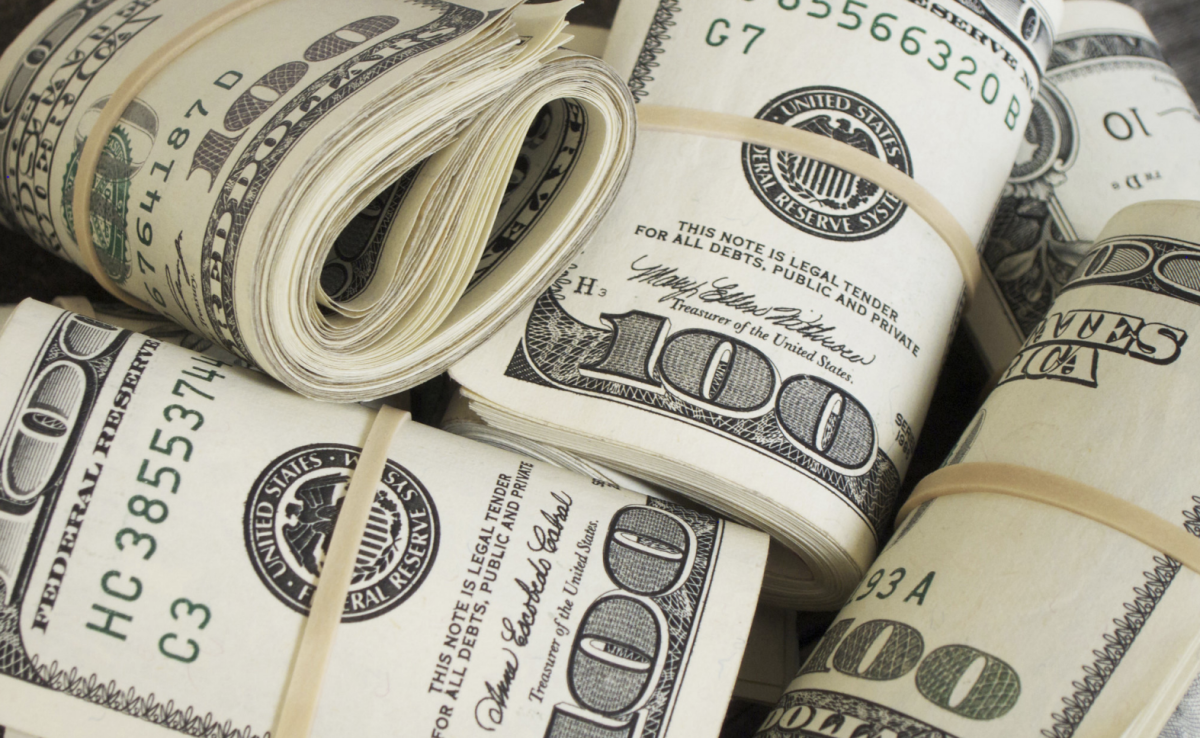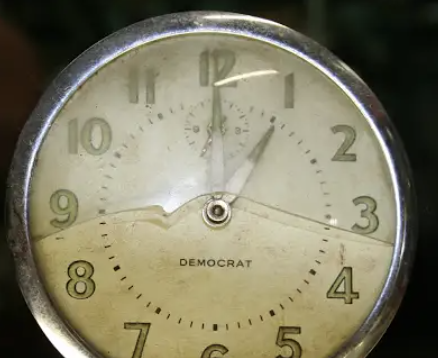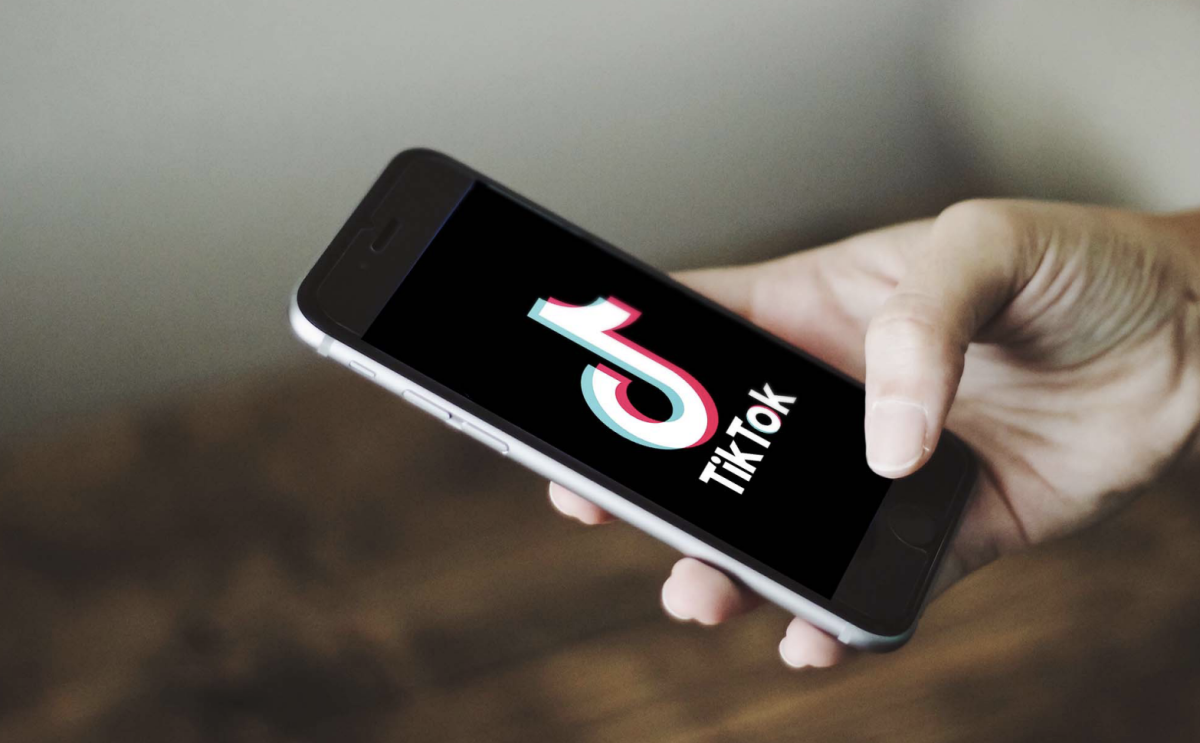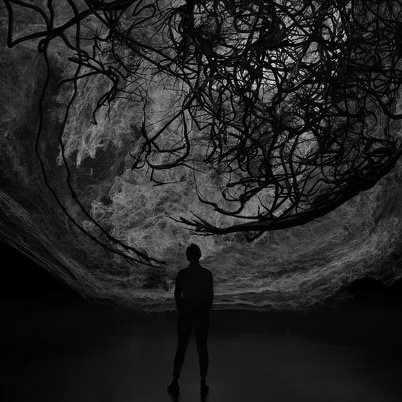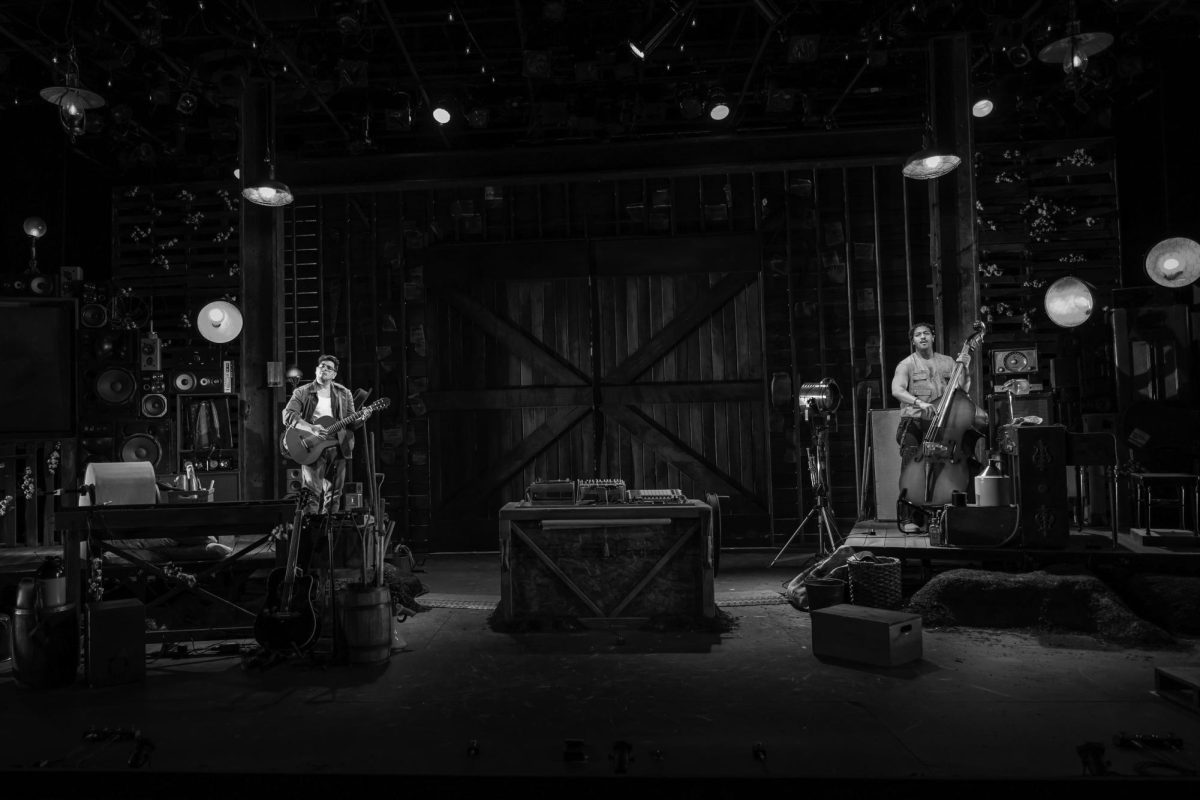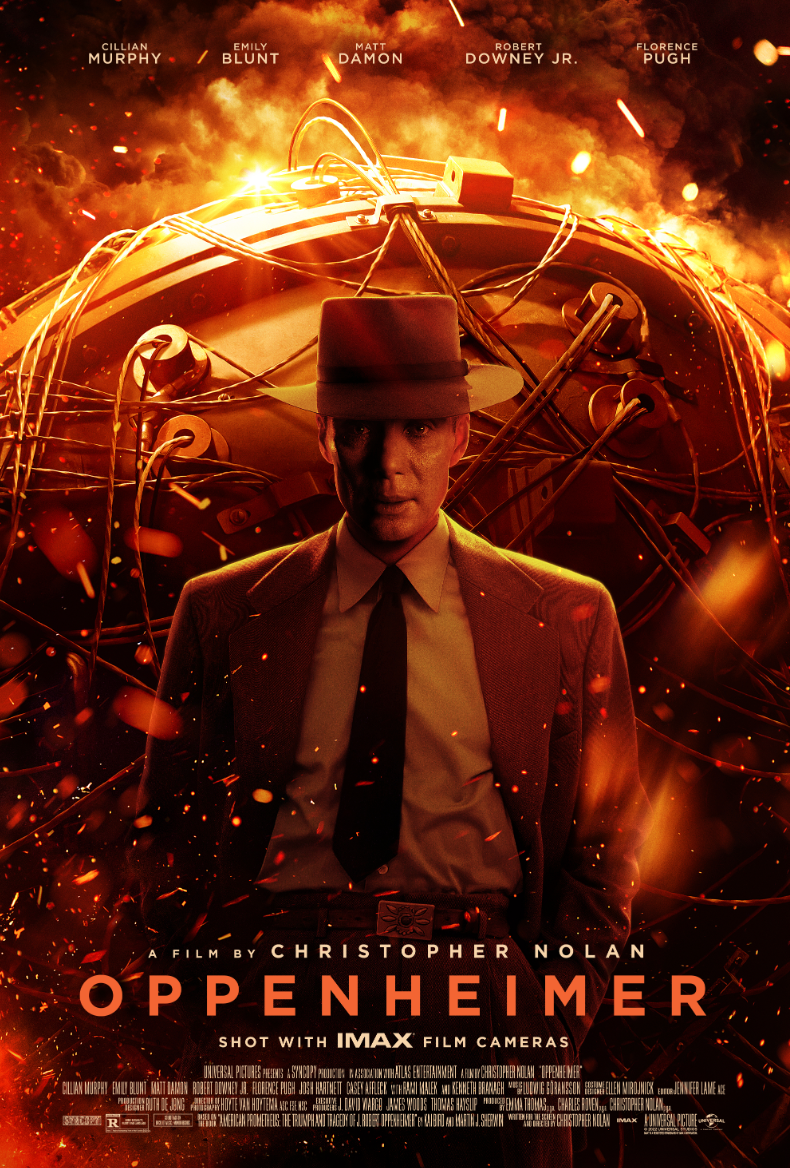On July 21, 2023, Greta Gerwig’s “Barbie” and Christopher Nolan’s “Oppenheimer” debuted in theaters nationwide, drawing in a total of 18.5 million viewers and profiting $235.5 million throughout their opening weekend.
The so-called “Barbenheimer” phenomenon — a meme stemming from the outrageousness of the two films, drastically dissimilar in tone, releasing on the same day — proved to be wildly popular among summer audiences. Not only did it garner hype unparalleled by any other double feature in history, it was beloved by critics and audiences alike, solidifying the theatrical debut as a success for Universal Pictures and Warner Bros. Entertainment, as well as those craving original stories outside of sequels and reboots.
What began as a challenge for director Christopher Nolan — who frustratedly split from Warner Bros. to create Oppenheimer with Universal instead, only to find the former deciding to release Barbie on the same day — ended up a success for both films, with towering opening weekend profits, lucrative social media-driven marketing and unsurprisingly, rave reviews. Rotten Tomatoes currently ranks Oppenheimer and Barbie at 93% and 88% respectively, and praises them both as “engrossing achievement[s]” that feature “epic cast[s]” as their driving forces.
Moreover, the phenomenon itself has been hailed as a breath of fresh air by critics, and according to The Colombian, “shows [that] film fans value originality” amid a season of franchise continuations dominating summer theaters. “Barbie” and “Oppenheimer,” each significant by virtue of their visions, morals and lessons, also serve as indicators that freshness may once again be on the rise in cinema, and new ideas can still break $1 billion in the box office.
It is no surprise that Barbie, boasting a star-studded cast, renowned direction and featuring one of the most popular toys in history, danced its way to $1 billion after just 17 days in theaters. Greta Gerwig’s glitter-dusted wonderland is just as dazzling as the trailer portrays, but brings more facets to the screen beyond its pink exterior: potent messages of feminism, cherishing womanhood and the inevitable dangers of patriarchy.
Though different in nearly every way, “Barbie” and “Oppenheimer” share two qualities: their universal enjoyment and their roles in reinventing the palates of audiences as we know them.
What starts as a leap into the utopian city of Barbieland, owned and operated by Barbies — and sometimes by their unimportant, bubble headed accessories, Kens — turns into chaos as “stereotypical” Barbie and Ken journey to the real world, discover its flip-flopped gender hierarchy, and suffer the wrath of patriarchy as it bleeds its way back into their perfect city. The Guardian calls it a “riotous, candy-colored feminist fable,” specifically praising the undeniable star-power of Margot Robbie as “stereotypical” Barbie and the “deliciously-vacuous” performance of Ryan Gosling as “just” Ken. Complete with stunning costuming and set design, an explosive original soundtrack and dozens of different shades of “Barbie Blonde” toned depending on Robbie’s outfit for the day, “Barbie” is a delightful, unapologetically-feminine party that serves both looks and lessons.
In stark contrast, Christopher Nolan’s gritty, heart-pounding “Oppenheimer” mixes a luminary cast with a gut-wrenching screenplay, bound to leave audiences enlightened, both by the unequivocal genius of its star, and with a looming sense of dread from his creation.
Following the eminent scientist from his first few days as a physicist to his completion of the atomic bomb, “Oppenheimer” takes an all-encompassing approach to its portrayal of J. Robert Oppenheimer, unafraid to show him at his highest and lowest moments, depict his best and most detrimental decisions and paint him less as a hero and more as a figure whose moral standing is up to audience interpretation — much like the bomb itself. In a nutshell, he both makes martinis for his friends and attempts to poison his professor; he is hailed as the pride of the nation and creates a weapon of widespread chaos; he becomes the most famous man in the world and gives it a tool to destroy itself.
Throughout these various vignettes from his life, Nolan is unafraid to depict Oppenheimer as a brilliant, yet imperfect and skewed man, bringing more gravity to his story than traditional biopics, which tend to fruitlessly idolize their protagonists. “Oppenheimer” is more than a chronicle of the atomic bomb’s creation — it’s a character study, celebrated for its “truly unique, unflinching, nuanced portrait of the enigmatic, complicated man,” according to Ars Technica.
Most responsible for giving the film its heart, however, is Cillian Murphy’ highly praised performance in the titular role, accompanied by stellar supporting cast members Robert Downey Jr., Emily Blunt and Florence Pugh. With a surplus of quality and fine attention-to-detail in every aspect, whether it be screenplay, performances, production design or a prevailing ability to leave the audience in stirring silence as the credits roll, “Oppenheimer” is a three-hour tale that feels larger than life.
Though different in nearly every way, “Barbie” and “Oppenheimer” share two qualities: their universal enjoyment and their roles in reinventing the palates of audiences as we know them. Talks of superhero fatigue, sequelitis and the pointlessness of reboots have been hotly debated over the years, and as time has passed, fans have been less inclined to consume just any franchise content. “Ant-Man and the Wasp: Quantumania,” “Renfield,” “The Flash,” “Shazam! Fury of the Gods” and “Thor: Love and Thunder,” are just a few examples of recent sequels and reboots that have failed to rake in profits and critics’ praise; according to Indiewire, in 2022, no major studio-wide film scored above an 80% on Metacritic, an indication that once tried-and-true franchises are no longer reliable enough to satisfy audiences. With “Barbie” and “Oppenheimer,” somehow managing to join together and create cinematic history, it is a sign that cinema is most certainly back at full-force.








